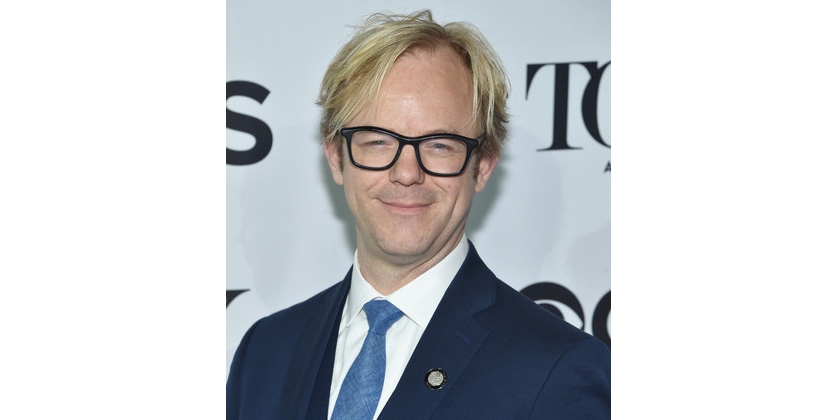Live Design’s series, What’s Trending: The LED Revolution, continues with award-winning lighting designer Justin Townsend, whose work moves between the edgy world of off-Broadway as seen in Here Lies Love, for which he won a Drama Desk Award, to the new musical, Moulin Rouge, with its highly anticipated Broadway opening in June. Townsend looks at the LED revolution in terms of color, reminding us of the days of swatch books and gels with vibrant names such as Bastard Amber. Extra points if you get his reference to Skelton Exotic Sangria.
By Justin Townsend
Color is fluid.
I speak in the old language of asking my lighting programmer for the color to be more R83 than L119.
I came up in a world where color was precious, careful, determined. Color was almost like egg tempura paints, dyes floated in egg whites to be carefully painted with. We used to gather around the swatch books and tell each other our favorite colors, swapping stories about Skelton Exotic Sangria and Bastard Amber. Those choices become the backbone and structure of the design. Color was an investment—a bold choice made in the studio before arriving in tech.

Now I find rigs that would have been clean and traditional, just of sidelight, front light, and backlight can now ripple with rich color and bold choices in tech. The entire rig can snap to red and back to white in a flash. Bold and delicate color is a mouse click away.
Color isn’t about getting on the ladder and picking the perfect shade of amber, but rather realizing in the theater that we can be dynamic creative partners with the director and scenery and costumes. Is a costume not popping the way it should? Roll in the red and blue to find those violet undertones. Color can change in a moment, and importantly can change at ANY moment; color is now instantly cue-able.
Design thinking changes. These tools are different paintbrushes. We can animate color across systems. No longer do I double hang systems as warm and cool—now one light can do that work. That frees up more space overhead in the rig for other ideas. But these opportunities also become our new beautiful. Cyan, blue, and reds become the new beautiful—we’ve changed our tools, and therefore our vision shifts in values from delicate tungsten to bold color. Our available resources affect how we design. Infinite color has become easy.
So yes, there are no late-night conversations about qualities and strengths of L201 versus R62, because we’ve dramatically changed the muscle of the tool. Although the LEDs do emulate these gel colors, what they do better is to pixelate and blend. They can mix and animate in ways we could only try to emulate with delicate static color. A backlight wash can now be Color Palette 1 through Color Palette 2, changing a whole system of lights from soft amber to cool blue and finding colors I never imagined before; the computer finds and makes new colors for me. This fluidity becomes a strength that we can rely on as designers in the field. We are dynamic and flexible in new ways.
We’ve changed our tools from egg tempura paint to Photoshop. These new strengths are changing the way we conceive and create lighting designs.
Does this slow us down? Cause big load-in problems? Yup. Here at Brooklyn College, where I teach, we have to completely adjust our load-in times as now we’re running power and data to every light. What used to be a lower bar for getting technicians involved now requires more understanding. What used to be running a 50' cable and putting a light up in a break is now a bit more involved. Lights cost more. So we have to relearn what we do well and fast. It will make different kinds of designers. I think of light in Angle, Intensity, Time, Texture, Color, and Shape. With LEDs, we have moved the power and flexibility of color up in its strength and ability to impact our design work. Color can now have a relationship with time. The extra cabling and concern for control cables make it easier to deal with color and harder to move lights. Color becomes more specific and adaptable than angle in a time sensitive environment.
Our tools shape how we make and, in turn, perceive work. How will we continue to perceive and relate to color as our tools give us infinite free experimentation?